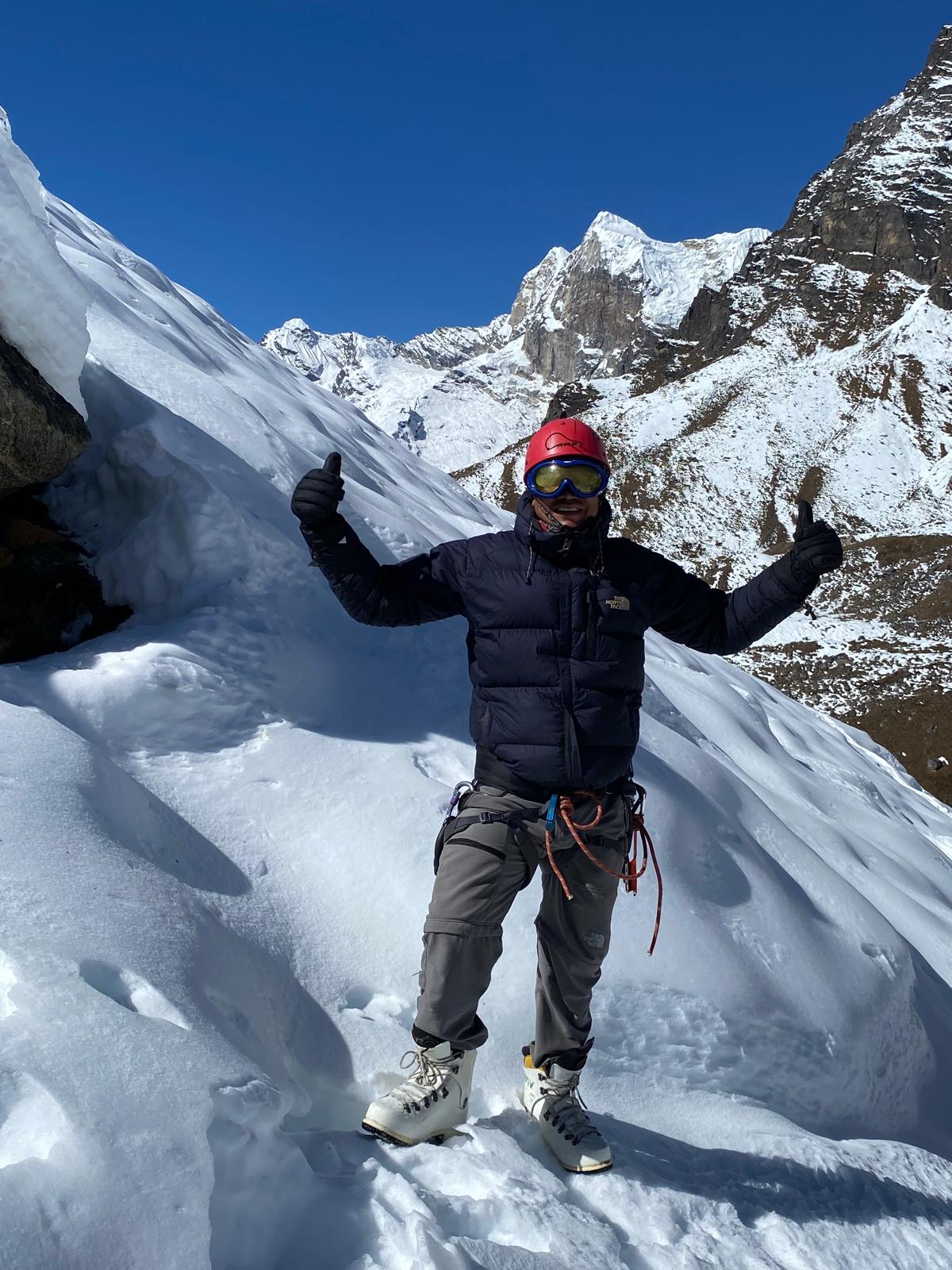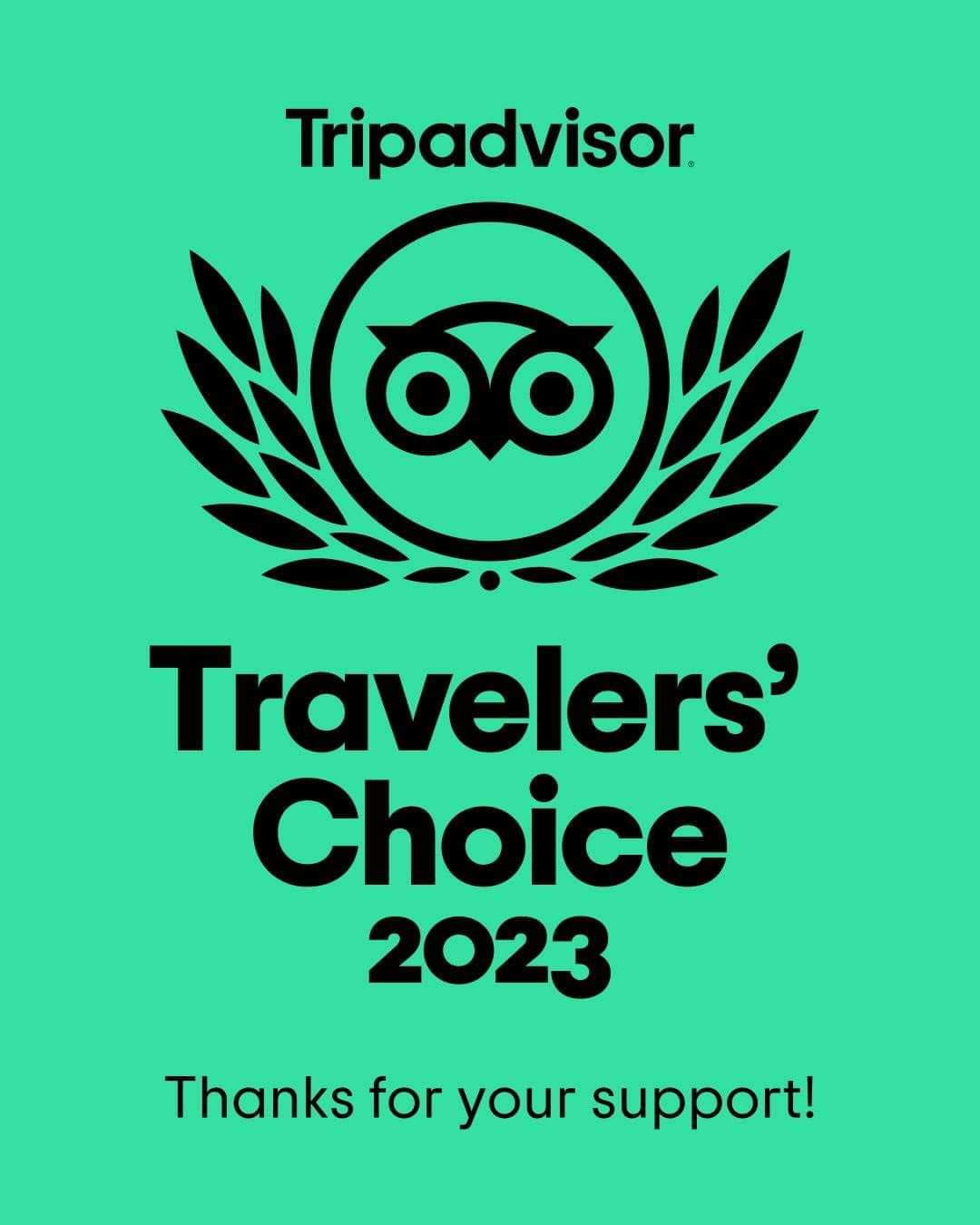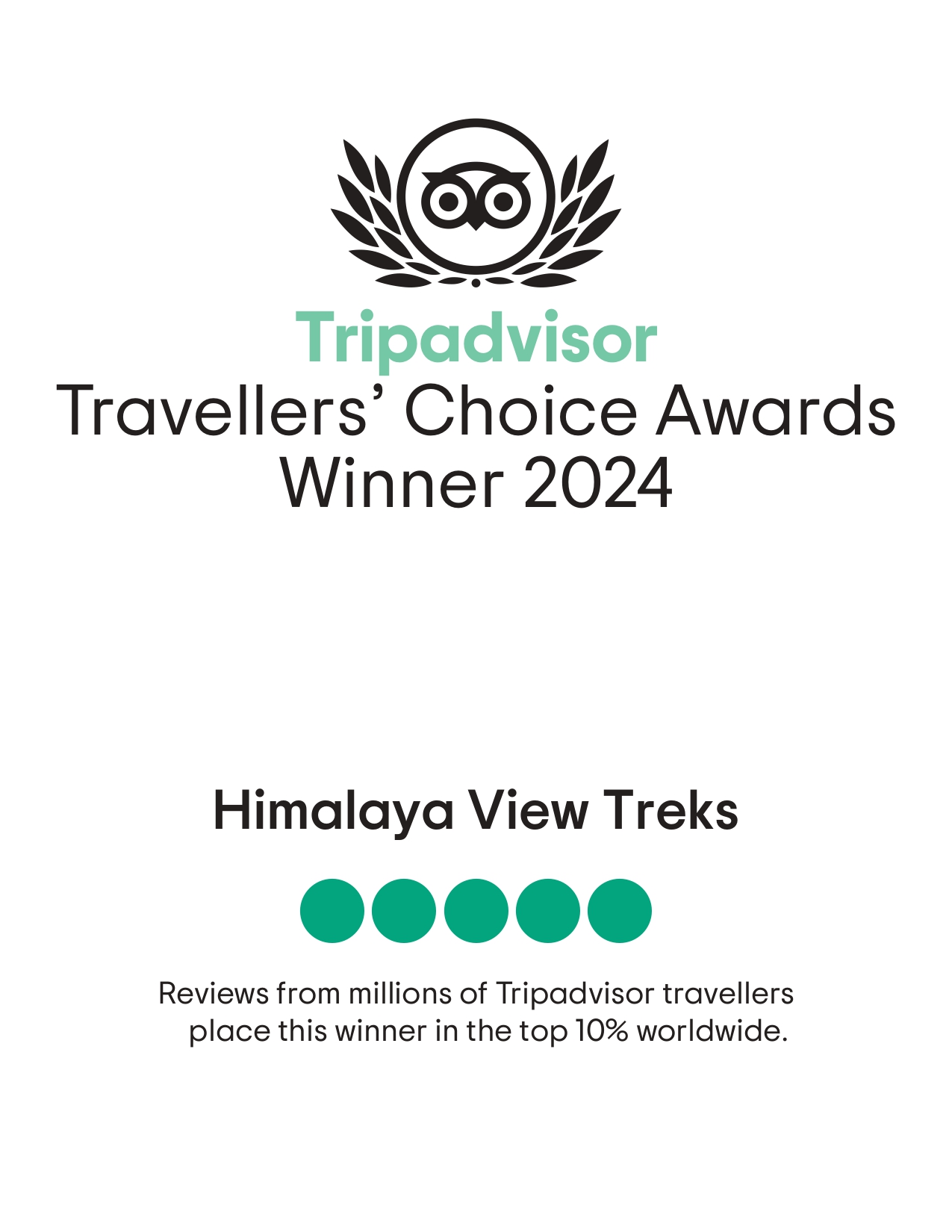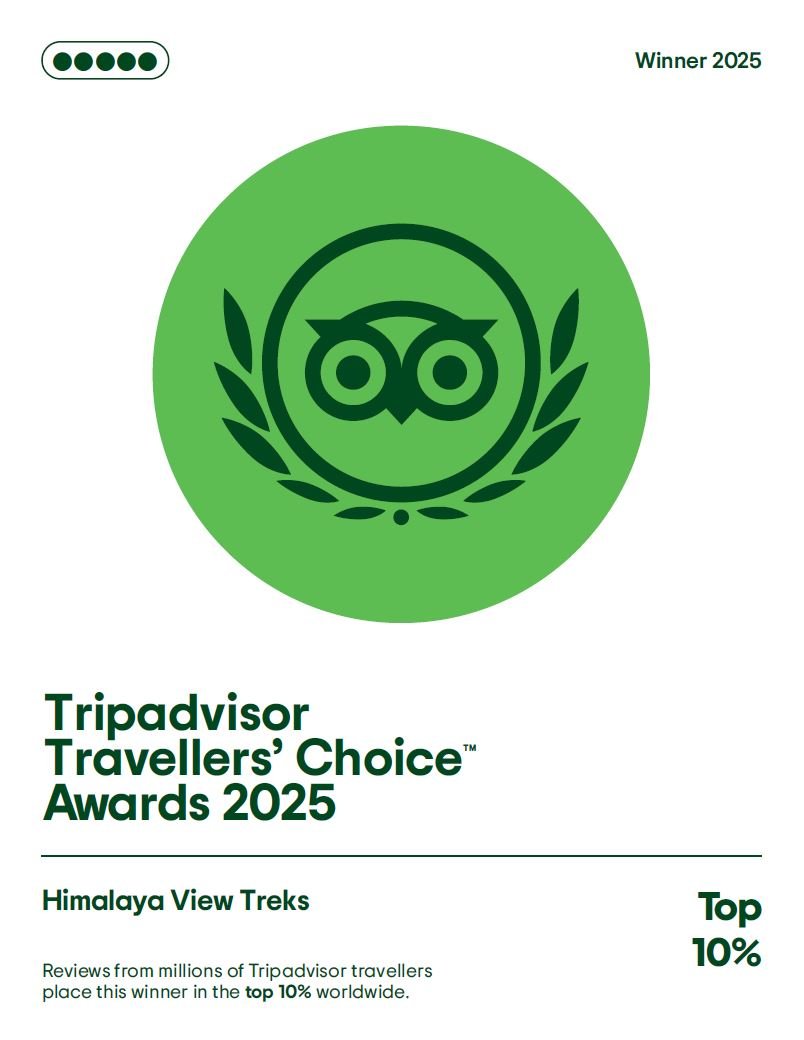Trip overview
Mera Peak Climbing – 14 Days
Mera Peak (6,476m) is the highest trekking peak in Nepal, located in the remote Hinku Valley of the Everest region. The Mera Peak Climbing 14 days offers an incredible mix of adventure, culture, and Himalayan beauty. Making it one of the best choices for trekkers who dream of climbing their first 6,000-meter mountain. From the summit, climbers are rewarded with spectacular panoramic views of Mt. Everest, Lhotse, Cho Oyu, Makalu, and Kanchenjunga, five of the world’s 8,000-meter peaks.
The journey begins with a scenic flight from Kathmandu to Lukla. Followed by a trek through lush forests, traditional Sherpa villages, and the stunning Hinku Valley. You will pass through beautiful places like Chutanga, Thuli Kharka, Kothe, Thangnak, and Khare. Each offering a unique glimpse of local mountain life and breathtaking Himalayan landscapes. As you gradually ascend, you’ll enjoy the peaceful trails away from the crowded Everest Base Camp route.
However, trek to Mera Peak High Camp (5,780m) prepares you for the summit push. The ascent is physically demanding but not technically difficult. With proper acclimatization, expert Sherpa guidance, and steady pacing, even first-time climbers can successfully reach the top. Standing on the summit of Mera Peak is a truly rewarding experience. The sense of achievement, the silence of the high Himalayas, and the majestic sunrise over the world’s highest mountains create an unforgettable memory.
The Best Time of The Year to Climb Mera Peak
Mera Peak Climbing itinerary includes acclimatization days to adjust to the altitude and a contingency day for weather conditions. During the trek, accommodation is in comfortable local teahouses, while tents are used at base and high camps. The best seasons to climb Mera Peak are spring (March–May) and autumn (September–November). When the weather is clear, the views are stunning, and climbing conditions are most favorable.
The Mera Peak expedition is suitable for adventurous trekkers with good fitness levels and some high-altitude trekking experience. Before the climb, your Sherpa guide will provide essential training on how to use climbing equipment such as crampons, harnesses, ropes, and ice axes. With the support of Himalaya View Treks’ experienced climbing team, even novice climbers can confidently aim for the summit.
Moreover, reaching the top of Mera Peak is not just a personal achievement; it’s a journey through some of Nepal’s most remote and scenic landscapes. You’ll experience the warmth of Sherpa hospitality, the tranquility of the Hinku Valley, and the thrill of standing atop Nepal’s highest trekking peak.
If you are looking for a beginner-friendly Himalayan peak climbing adventure, 14 days Mera Peak Climbing is the perfect choice. This trek combining physical challenge, cultural immersion, and breathtaking Himalayan views.
Short Itinerary
Mera Peak Climbing – 14 Days Itinerary
Day 1: Fly to Lukla (2,860m) & Trek to Chutanga (3,020m) A scenic mountain flight to Lukla, then an easy trek through forest trails to Chutanga. Walking distance: 4 hours.
Day 2: Chutanga to Thuli Kharka via Zatrawa La Pass (4,600m) A steep ascent over Zatrawa La for your first taste of altitude. Beautiful panoramic mountain views. Walking distance: 6–7 hours
Day 3: Thuli Kharka to Kothe (3,600m) Descend through rhododendron and pine forest to Kothe alongside the Hinku River. Walking distance: 6 hours
Day 4: Kothe to Thangnak (4,350m)Gradual climb along the Hinku valley; enjoy views of Mera Peak and surrounding glaciers. Walking distance: 5 hours
Day 5: Thangnak to Khare (5,045m) A shorter but steeper walk to Khare, the base camp area of Mera Peak. Walking distance:4 hours
Day 6: Acclimatization Day at Khare, Rest and acclimatize; your guide will provide training on how to use climbing gear — ropes, crampons, and ice axe.
Day 7: Trek to Mera Base Camp (5,300m) A gradual climb up the glacier; set up camp and prepare for the ascent. Walking distance: 3–4 hours
Day 8: Mera Base Camp to High Camp (5,780m) Trek through snow-covered ridges with magnificent Himalayan views. Rest early for the summit push. Walking distance:–5 hours
Day 09: Summit Mera Peak (6,476m) & Return to Khare. Early morning climb to the summit. Enjoy 360° views of Everest, Lhotse, Makalu, Cho Oyu, and Kanchenjunga. Descend safely to Khare.
Day 10: Extra Day (Contingency) Reserved for weather delays or extra acclimatization.
Day 11: Khare to Kothe, Descend back to the green valley. Walking distance: 6 hours
Day 12: Kothe to Thuli Kharka, Retrace your steps back to Thuli Kharka through forests and alpine terrain. Walking distance: 6 hours
Day 13: Thuli Kharka to Lukla via Zatrwa La Pass, Final climb and descend to Lukla for a well-deserved celebration. Walking distance: 7 hours
Day 14: Fly back to Kathmandu early Morning and then Transfer to hotel, rest, and shopping.
Included
- Airport pickup and drop as per the client’s arrival and departure time
- Hotel- domestic airport- hotel by car/ van, depending on group sizes
- Domestic flights (Kathmandu - Lukla - Kathmandu) tickets including airport taxes
- All meals (Breakfast, lunch, and dinner) during your Mera trek and Climb
- 13 nights of Hotel Accommodation during the Mera Peak trek and climb
- Government licensed holder, fluent English Speaking, Familiar HVT Leader guide
- Strong local Porters for Carry trekker’s luggage One porter every 2 trekkers
- Guide and Porter wages including their meals, accommodation, and Salary
- Climbing Sherpa wages and Climbing insurance.
- Staff insurance including medication coverage
- Assistant guide if the Group size is more than 10 trekkers)
- Guide and e Assistance both ways Lukla flight Ticket
- Water purification drops or tablets for safe drinking water
- Mera Peak climbing Permit
- Khumbu Pasang Lhamu Rural Municipality Permit fees
- Makalu Barun National park entry permit
- Seasonal fresh fruits every day during your Mera Peak trek and climb
- Oximeter to measure Pulse and oxygen level
- Himalaya View Treks Company T-shirt as a Souvenirs and duffel bag if you needed
- Safe storing facilities at company store during the trek
- Local government, taxes, including official Service Charge
- Trip completion Certificate if you
Not Included
- Hotel accommodation and meals In Kathmandu
- Personal expenses (shopping, snacks, boil bottled water, hot (tea, coffee) and cold drinks, hot shower, alcohol, Wi-Fi, telephone call, battery charge fee during the Mera Trek)
- Personal clothing and trekking gear
- Sleeping bag and down jacket available for rent in our store
- Personal travel insurance including evacuation coverage (compulsory) up to 6000m)
- Personal Climbing equipment charge US$50 per person ( rent in Khare)
- Additional costs if delays flights and outside the itinerary
- Tips for Guide and Porters at the end of the treks
Useful Info
Useful Information for Mera Peak Climbing
Location
Mera Peak (6,476m) lies in the Hinku Valley of the Everest Region, inside the Makalu Barun National Park in eastern Nepal. It’s considered Nepal’s highest trekking peak and offers panoramic views of five of the world’s highest mountains — Everest, Lhotse, Cho Oyu, Makalu, and Kanchenjunga.
Best Time to Climb
The best seasons for Mera Peak trekking and climbing are:
- Spring (March–May): Stable weather, clear skies, and colorful rhododendron forests.
- Autumn (September–November): Crisp air, excellent visibility, and the most popular time for climbing.
Winter (December–February) can be too cold, while monsoon (June–August) brings heavy rain and poor trail conditions.
Accommodation
During the Mera Peak trek, accommodation is mostly in teahouses up to Khare. Above Khare, you’ll stay in tented camps at Base Camp and High Camp. Teahouses offer simple rooms, warm meals, and basic facilities, while camping is fully supported with tents, sleeping mats, and kitchen gear provided by the trekking agency.
Meals
You’ll be served three meals daily (breakfast, lunch, and dinner) during the trek and climb. Meals include traditional Nepali dishes like Dal Bhat, noodles, soups, rice, pasta, and vegetables. At higher altitudes, food choices are simpler but nutritious and designed to keep your energy levels high.
Difficulty Level
Mera Peak is a moderately challenging climb suitable for fit trekkers who are looking to attempt their first Himalayan summit. It does not require prior technical climbing experience, but basic training is provided at Khare on how to use crampons, harnesses, and ropes. Good physical preparation and high-altitude experience are recommended.
Altitude and Acclimatization
The trek reaches up to 6,476m, so proper acclimatization is essential. The itinerary includes rest days in Thangnak and Khare to adapt gradually. AMS (Acute Mountain Sickness) can affect anyone, so trekking slowly and staying hydrated is key.
Packing List
Essential items include:
- Down jacket and sleeping bag
- Warm layered clothing
- Mountaineering boots
- Crampons, harness, and ice axe (can be rented in Kathmandu)
- Trekking poles, gloves, and headlamp
- Sunglasses and sunscreen
- First aid kit and personal medication
Permits Required
You’ll need the following permits, which your trekking agency will arrange:
- Mera Peak Climbing Permit (NMA)
- Makalu Barun National Park Entry Permit
- Local Area Entry Permit (Khumbu Pasang Lhamu Rural Municipality)
Guides and Porters
A licensed climbing guide is mandatory for Mera Peak. Guides and porters are experienced locals who ensure your safety, navigation, and comfort. All porters are properly equipped and insured by Himalaya View Treks.
Insurance
Comprehensive travel insurance that covers high-altitude trekking and emergency helicopter evacuation is compulsory. This ensures quick medical response in case of altitude sickness or injury.
Transportation
The trek begins with a short flight from Kathmandu to Lukla and follows the remote Hinku Valley trail. After completing the trek, you’ll fly back to Kathmandu from Lukla.
Why Choose Himalaya View Treks
- Professional Sherpa climbing guides
- Quality equipment and safety-first approach
- Flexible itinerary with acclimatization days
- Full support from arrival to departure
Mera Peak Trek and Climb is the perfect blend of trekking adventure, cultural immersion, and mountaineering excitement. With the right preparation and a reliable team, summiting Nepal’s highest trekking peak is a life-changing experience you’ll never forget.
FAQs
-
How difficult is Mera Peak?
Mera Peak is considered a non-technical trekking peak suitable for beginners with good fitness. Basic mountaineering training is provided by your guide.
-
What is the best season to climb Mera Peak?
The best seasons are spring (March–May) and autumn (September–November) when weather conditions are stable and skies are clear.
-
Do I need prior climbing experience?
Not necessarily. It’s ideal for first-time climbers, but you should have some high-altitude trekking experience.
-
What kind of accommodation is available?
Teahouses are available until Khare; from Base Camp onward, you’ll stay in tented camps.
-
What permits are required?
You’ll need the Mera Peak climbing permit, Makalu Barun National Park permit, and local area entry permit — all arranged by Himalaya View Treks
-
How long is the trek and climb?
The full itinerary takes around 12-17 days, including acclimatization and summit days.
-
What gear is needed?
You’ll need warm clothing, trekking boots, sleeping bag, down jacket, and climbing gear (crampons, harness, ice axe, helmet — usually provided by the agency).
-
Is travel insurance mandatory?
Yes, your insurance must cover high-altitude trekking and emergency helicopter evacuation.
-
What is the maximum altitude?
The Mera Peak summit is 6,476 meters (21,247 ft) above sea level.
-
Can we customize the itinerary?
Yes, the trek can be customized with an extension to Amphu Lapcha Pass or combined with Everest Base Camp Trek.






